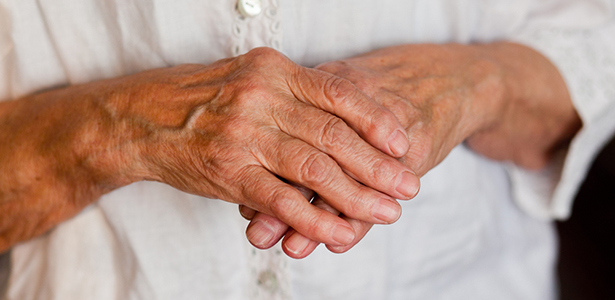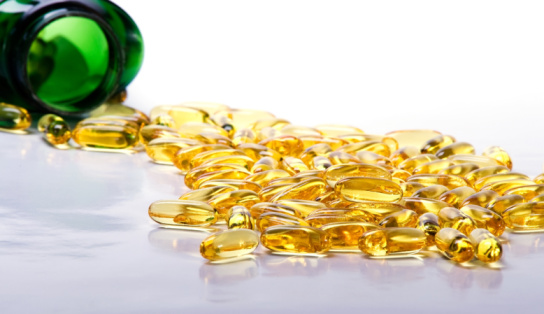
by Gill | Jul 28, 2015 | Heart Disease
Introduction One of the most important nutrients for heart and vascular health is coenzyme Q10 (CoQ10). Its role in the heart is similar to the role of a spark plug in a car engine. Just as the car cannot function without that initial spark, the heart cannot function...

by Gill | Jul 21, 2015 | Alzheimer's Disease
Introduction: The parallel epidemics of Alzheimer’s disease and type 2 diabetes share many common features. Chief among them are insulin resistance and chronic inflammation. In fact, some researchers have referred to Alzheimer’s disease as diabetes of the brain and...

by Gill | Jul 17, 2015 | Immune System, Weekly Health Tips
These five antiviral herbs and nutrients are safe enough to take every day—and strong enough to prevent colds and flu While there really isn’t any single magic bullet that can immediately restore immune function, there are certain nutrients that offer a powerful...

by Gill | Jul 14, 2015 | Natural Facts
Introduction: Just as there has been an explosion of positive science on the importance of vitamin D3, another nutrient, vitamin K2, is showing tremendous promise in the treatment and prevention of a wide range of health conditions. A new study, set to be published in...

by Gill | Jul 10, 2015 | Weekly Health Tips
Your body simply doesn’t function properly without omega-3 fatty acids—here’s why One of the major advances in nutritional medicine has been the ability to produce a fish oil supplement that is a highly concentrated source of omega-3 fatty acids and also free from...








